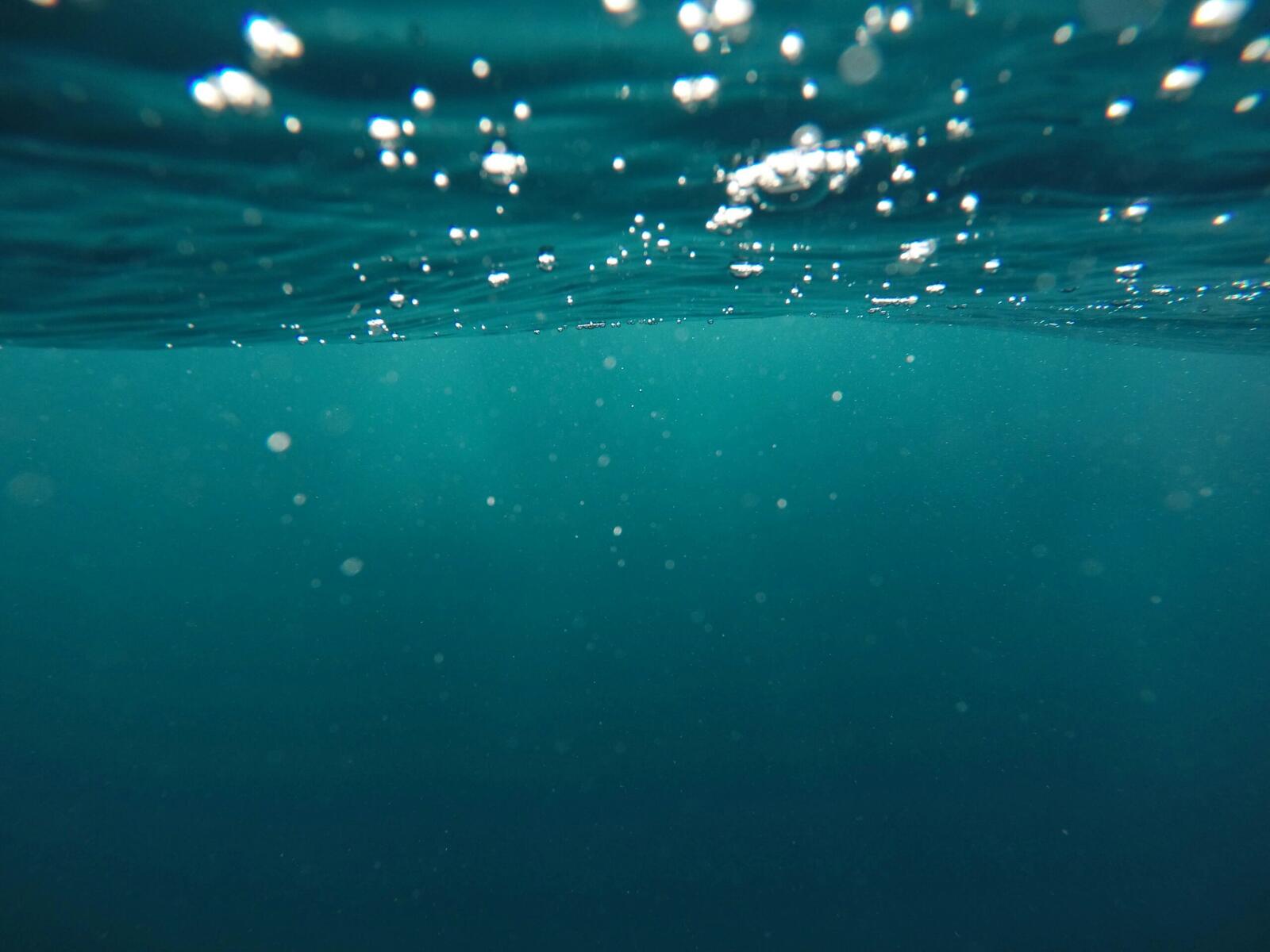Meta now has a plan to stretch a subsea cable across multiple continents. The system, known as Project Waterworth, is expected to extend more than 31,000 miles around the planet.
This network will link the United States, South Africa, India, Brazil, and other locations, with the goal of managing growing data demands.
Global internet traffic depends heavily on underwater fibre-optic lines. TeleGeography estimates over 600 such systems exist across the globe, but Meta believes more capacity is needed for its newest technologies. A large segment of daily online activity passes through these lines, making them essential for commerce, communication, and beyond.
The firm has allocated about $10 billion for construction, which just shows the growing appetite for quicker connections. Equipped with 24 fibre pairs, the structure is set to handle high-volume data flow. Meta hopes this setup speeds processes linked to artificial intelligence, such as training advanced models in far-flung data centres.
Which Regions Will Benefit?
The route wants to link some of the world’s fastest growing digital markets. South Africa has seen more people using online services, while India has really grown its internet user base. Brazil has also grown its digital economy, which brings in a bigger demand for stronger online infrastructure.
Even the United States stands to gain from new paths that improve transcontinental data transfer. Research from TeleGeography shows that these systems were once handled through telecom companies, though major digital firms such as Meta and Google have taken on a larger role. This creates a more direct method of controlling internet pathways.
Project Waterworth is not Meta’s first cable venture. The company’s earlier undertakings involve Anjana, which connects Spain and the US.
More from News
- Experts Share: Are There Other Global Initiatives Similar To Trump’s “Gold Card” Visa?
- How Are The UK And The Ocean Linked To Threat Detection?
- Driverless Vehicles: Why Is Tesla Under Investigation?
- Professional AI Use: Is There A Double Standard In Who Uses It?
- Experts Share: How Can The UK Maintain Its Position As A Top Tech Hub Globally?
- Amazon’s Same-Day And Next-Day Delivery Now In 4000 More Areas
- Valutico Acquires AI Innovator Paraloq Analytics to Revolutionise Private Company Analysis
- How Do UK Consumers Spend Their Disposable Income?
How Does This Cable Serve AI?
AI depends on large data exchanges between servers in distant places. The cable is intended to handle bigger flows of information tied to training and maintaining these systems. Its capacity could also assist in real-time interactions on platforms that use new AI tools.
Alan Mauldin from TeleGeography believes that ownership of infrastructure benefits organisations with high volumes of data. They reduce dependence on external providers and improve dependability when tasks need rapid data movement.
Waterworth is named after a former Meta employee who spent years working on subsea cable technology. That detail shows how large platforms are moving above their usual fields. Direct control over transoceanic lines gives a break from older setups, granting these corporations an advantage in data-focused domains.
What About Safety Issues?
Damage to undersea cables can result from ship anchors, natural disasters, or sabotage. Each year, specialists record more than 200 instances of broken lines in multiple regions. Such damage triggers major problems for internet access, online services, and financial dealings.
Meta plans to reduce hazards through proper design and careful burial in known trouble zones. Cables often run deep under the surface, but shallow waters near coasts bring larger risks from anchoring or fishing gear. Designers intend to protect these segments using advanced materials and strategies.
Security forces such as NATO have expanded patrols in certain seas following suspicious incidents. Some suspect foreign actors of cutting cables to create widespread disruption. Because so many transactions and daily communications ride on constant data flow, protecting these lines has become a high priority for operators.



